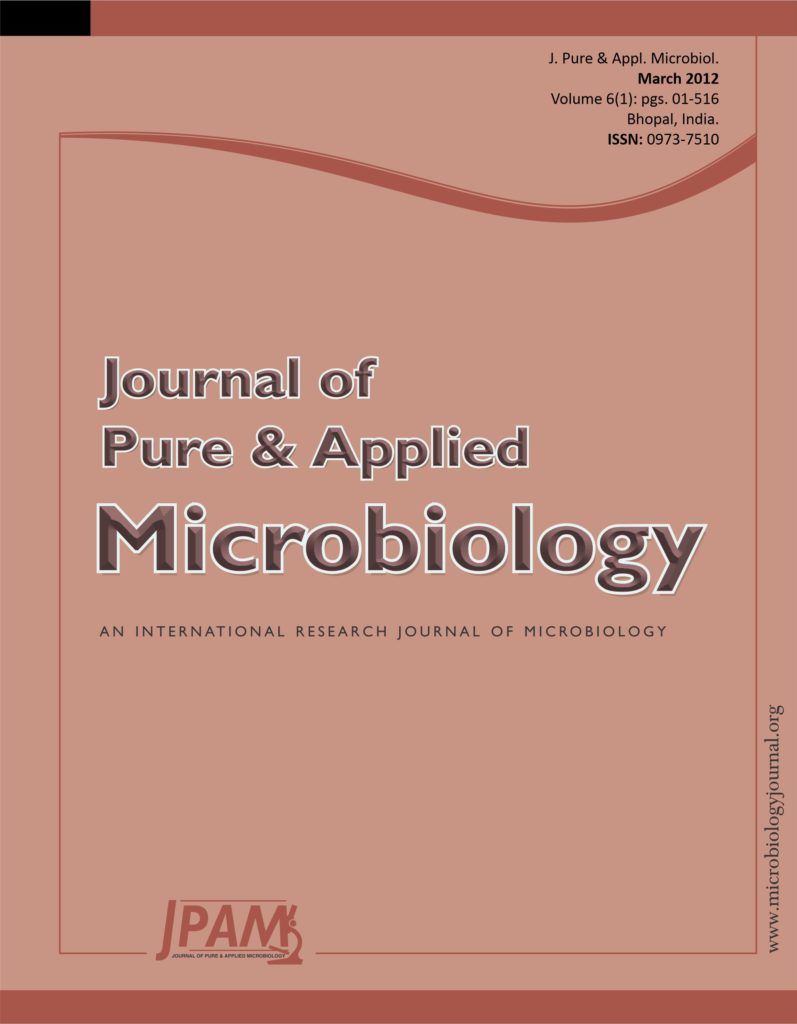Resistance in gram positive bacteria not only increases morbidity and mortality, but also the costs of management of hospitalized patients. The determination of antimicrobial susceptibility of a clinical isolates is often crucial for the optimal antimicrobial therapy of the infected patients. There have been reports indicating increase in the ratio of Staphylococci resistance to Macrolide-Lincosamide-Streptogramin B (MLSB) group and failure in the treatment with clindamycin infection with microorganisms with inducible resistance to MLSB group. The present study was undertaken considering the paucity data on inducible MLSB from a tertiary care centre in Haldwani, (Nainital). A total of 182 gram positive cocci obtained from consecutive clinical specimens were included, consisting of 19.7% methicillin resistant Staphylococcus aureus (MRSA), 41.7% methicillin sensitive S. aureus (MSSA), 8.7% methicillin-resistant coagulase-negative staphylococci (MRCNS), 17.5% methicillin-sensitive coagulase-negative staphylococci (MSCNS) isolates and 12% Streptococcus spp. Of the 182 isolates, 61 (33.5%) had ER-R (erythromycin resistant) and CL-S (clindamycin sensitive) phenotype. Among 61 ER-R and CL-S isolates, 30 (49%) were recorded as inducible clindamycin resistance. Since the rate of inducible clindamycin is high (49% in our study), accurate reporting of inducible MLSB would allow the clinician to retain confident in clindamycin.
MLSBi phenotype, Erythromycin, Clindamycin
© The Author(s) 2012. Open Access. This article is distributed under the terms of the Creative Commons Attribution 4.0 International License which permits unrestricted use, sharing, distribution, and reproduction in any medium, provided you give appropriate credit to the original author(s) and the source, provide a link to the Creative Commons license, and indicate if changes were made.


